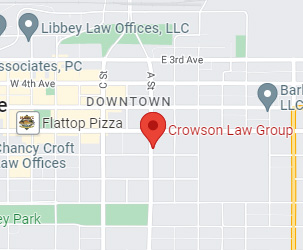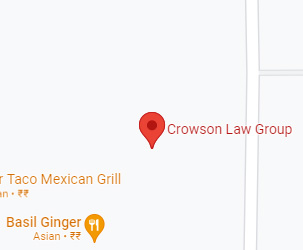The Insurance Adjuster’s “Nuisance” Value of Your Claim

Although not widely discussed in Alaska, the “nuisance value” concept is crucial in how insurance adjusters evaluate claims. Many policyholders wonder how adjusters determine the worth of their claims, especially when the assessments seem low.
Understanding Nuisance Value
The term “nuisance value” refers to the minimum amount an insurance company is willing to pay to settle a claim quickly and avoid the hassle and cost of legal proceedings. This value is not based on the actual worth of the claim but rather on the insurer’s desire to close the matter with minimal fuss.
Insurance adjusters often calculate nuisance value when they believe a claim lacks merit but recognize that defending it in court would be more costly in terms of time and resources. This value can be a double-edged sword for policyholders. On one hand, it can lead to a faster settlement. Conversely, it may result in a payout far less than the claim is worth.
Factors Influencing Nuisance Value
Several factors can sway the nuisance value that an insurance adjuster assigns to a claim, including:
- Claim Complexity. Simpler claims often have lower nuisance values as they are easier to resolve. Complex claims, with more variables and higher stakes, might command a higher nuisance value due to the potential costs of litigation.
- Legal Costs. If a claim is likely to incur high legal fees, the adjuster might opt for a higher nuisance value settlement to avoid these expenses.
- Claimant’s Persistence. A policyholder determined to pursue a claim can influence the adjuster to assign a higher nuisance value, anticipating a more strenuous negotiation or legal process.
- Historical Data. Adjusters rely on historical data and past claim outcomes to guide their valuation. If similar claims have historically commanded higher settlements, the nuisance value might be adjusted accordingly.
Navigating the Nuisance Value in Your Claim
You need strategy and knowledge before you file for nuisance value settlement. You should be clear about the details and worth of your claim. This knowledge is power when negotiating with adjusters.
Present your case clearly and assertively. Show that you understand the value of your claim and are prepared to defend it. You want to be open to negotiation but know your limits. Understand the minimum acceptable settlement and be prepared to counter low offers.
Lastly, consult with a legal expert or a claims consultant. Professional guidance can be crucial in navigating these negotiations.
The Role of Legal Representation
Engaging a lawyer can be a game-changer in contesting the nuisance value of a claim. Lawyers are skilled negotiators who can effectively argue the actual value of a claim, often securing higher settlements. They understand the intricacies of insurance law and can navigate the legal system, which can intimidate adjusters into offering fair settlements.
For example, in a case involving a significant injury at work, legal representation might successfully argue for a settlement that covers immediate medical expenses, long-term rehabilitation, and lost wages, significantly exceeding the initial nuisance value offer.
“Nuisance value” is a tool adjusters use to settle claims expediently, often at amounts lower than the claim’s actual worth. However, you can negotiate more favorable outcomes by understanding this concept, effectively communicating your claim’s value, and involving legal representation.
Featured Image Source : https://unsplash.com/photos/a-magnifying-glass-sitting-on-top-of-a-piece-of-paper-mCqi3MljC4E


